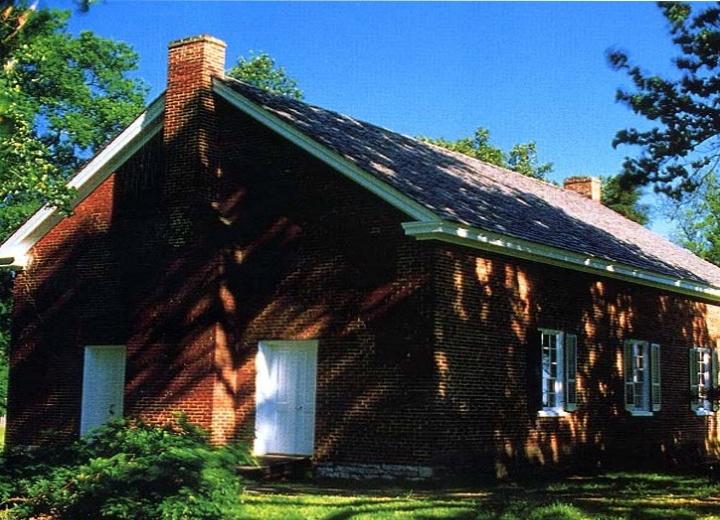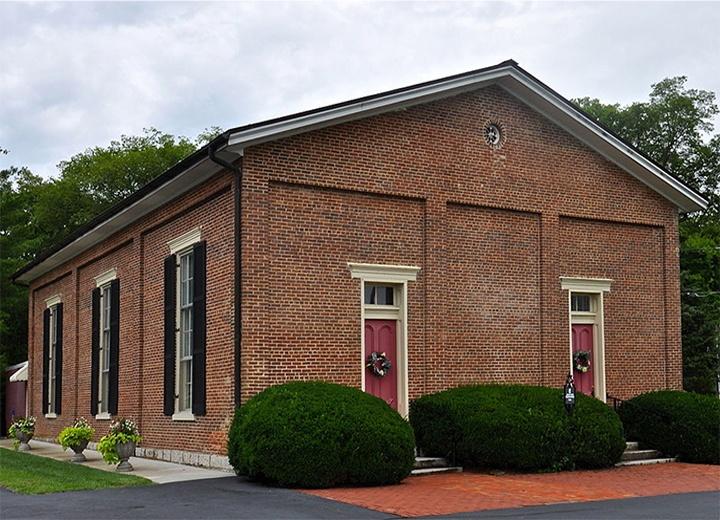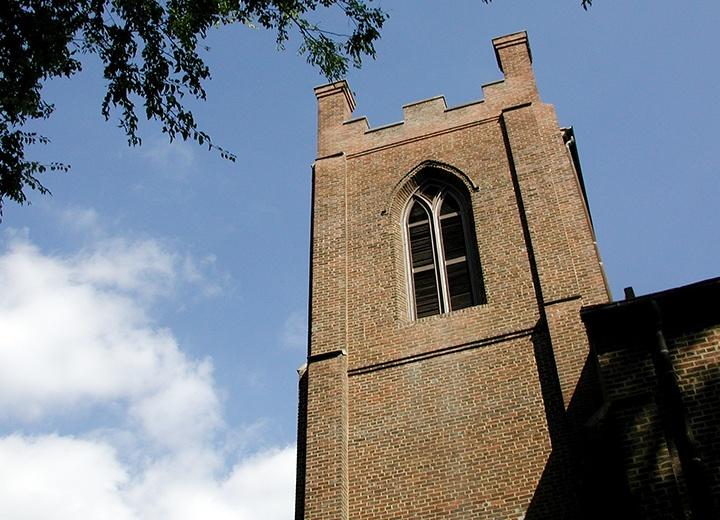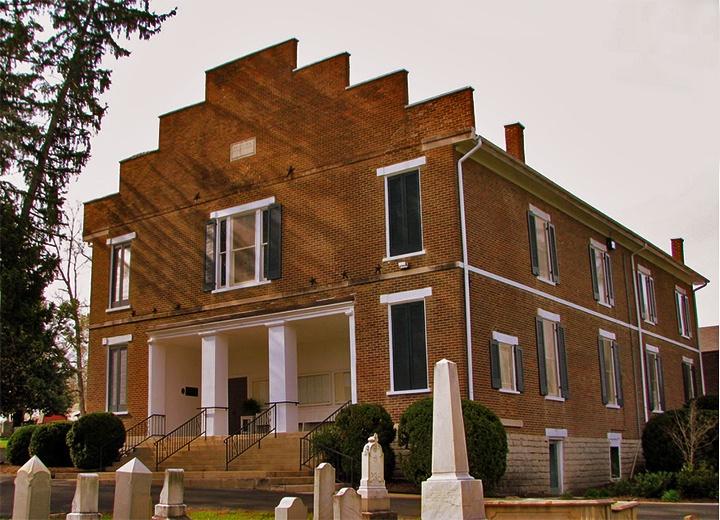
Showcase
Outlying | Religious Buildings
Style: Brick Plantation / Country Church
Built: 1824 (Remodeled 1839, Burned 1965, Restored 1967)
Hermitage Presbyterian Church
After the schoolhouse building that the Hermitage neighborhood used as a church burned in the early 19th century, President and Mrs. Andrew Jackson contributed to the construction of a new brick church for the community. Rachel Jackson was one of the original nine members present during the new church's dedication in 1824.
Badly damaged and occupied during the Civil War, the Hermitage Church flourished once again following the war. The church suffered extensive damage from a fire in 1965, but was restored to its original condition in 1967.
Sources:
Mayme Hart Johnson, A Treasury of Tennessee Churches
(Brentwood: J M Productions, Inc., 1986), p. 33-34.
B. Anthony Guzzi, A Brief History of The Hermitage Church, 1997.
Location: Brentwood
Style: Brick Plantation / Country Church
Built: 1860
Owen Chapel Church of Christ
Jim C. Owen donated the land on which the Owen Chapel Church was constructed in 1859. The chapel was built with bricks made on site, and many of its original elements, including the tongue-and-groove tin roof, imported from England, and the pews and pulpit, still remain. Also, many typical features of early churches were present, namely the two front doors and the partition down the center of the church, separating the men and the women. The partition has since been removed.
Construction on the Church continued during the Civil War and church records reveal that the congregation has failed to meet only three times since 1859. Notable Nashvillians, including David Lipscomb, J.A. Harding, and J. C. McQuiddy, founder of McQuiddy Printing, served as some of the church's early preachers.
Source:
Mayme Hart Johnson, A Treasury of Tennessee Churches
(Brentwood: J M Productions, Inc., 1986), p. 7.
Mt. Pleasant, Tennessee
Style: Early Gothic Revival
Built: 1842
St. John's Episcopal Church
Built by the Polk family in 1842, St. John's is an outstanding example of a plantation church. Leonidas Polk, Bishop of the Episcopal Church and a General in the Confederate Army, wanted a church for the Polk families, their slaves, and their neighbors. At the consecration service, slaves who had labored for three years on the building participated with white families.
During the Civil War, the church was vandalized and suffered heavy damage, and for a time it was converted to a hospital.
Many members of the Polk family are buried in the cemetery, as well as masters and slaves, often buried side by side. Bishop Otey, founder of the Episcopal Church in Tennessee, is also buried at St. John's.
In 1889, St. John's ceased to function as an active parish and today, the only church service is the annual Whitsunday service.
Sources:
Mayme Hart Johnson, A Treasury of Tennessee Churches
(Brentwood: J M Productions, Inc., 1986), p. 1-2.
National Register of Historic Places, Inventory — Nomination Form, Tennessee Historical Commission, April 20, 1970.
Maury County, Tenn.
Style: Greek Revival
Built: 1847
Zion Presbyterian Church
In the early 1800's, Scotch-Irish settlers from South Carolina moved to Maury County and organized and built a log church. The log church was constructed in 1807 on land purchased from heirs of General Nathaniel Greene, who received 25,000 acres for his services in the Revolutionary War. The log church was replaced by a small brick building six years later. Then, in 1847, both members and slaves constructed the present day church, halving timber and burning bricks on site. Sunday School began there as early as 1810, and black members were attending Sunday School by 1867. James K. Polk also attended a school conducted by the church. Source: |




